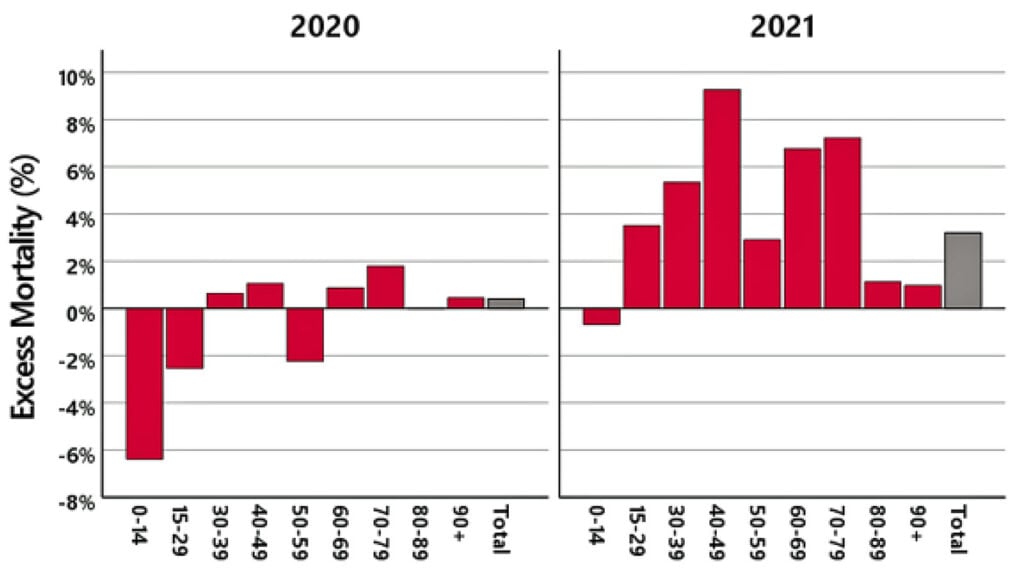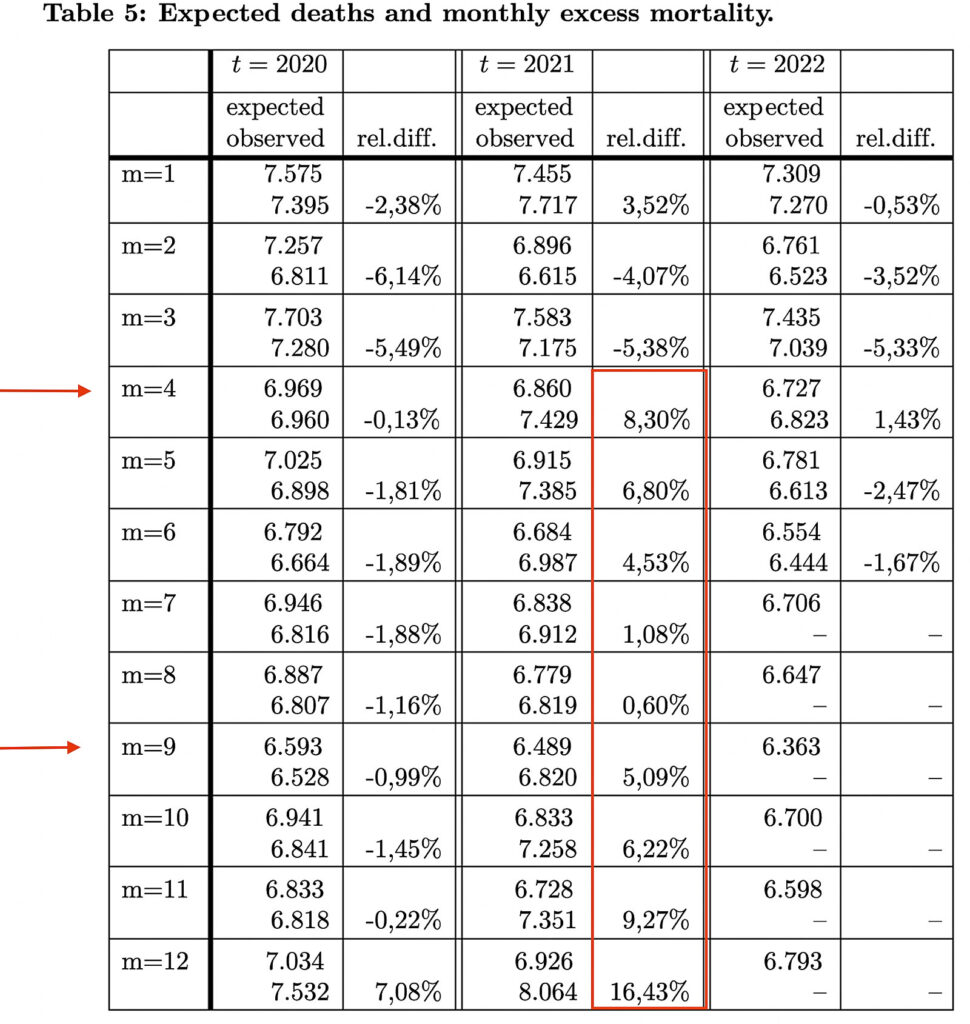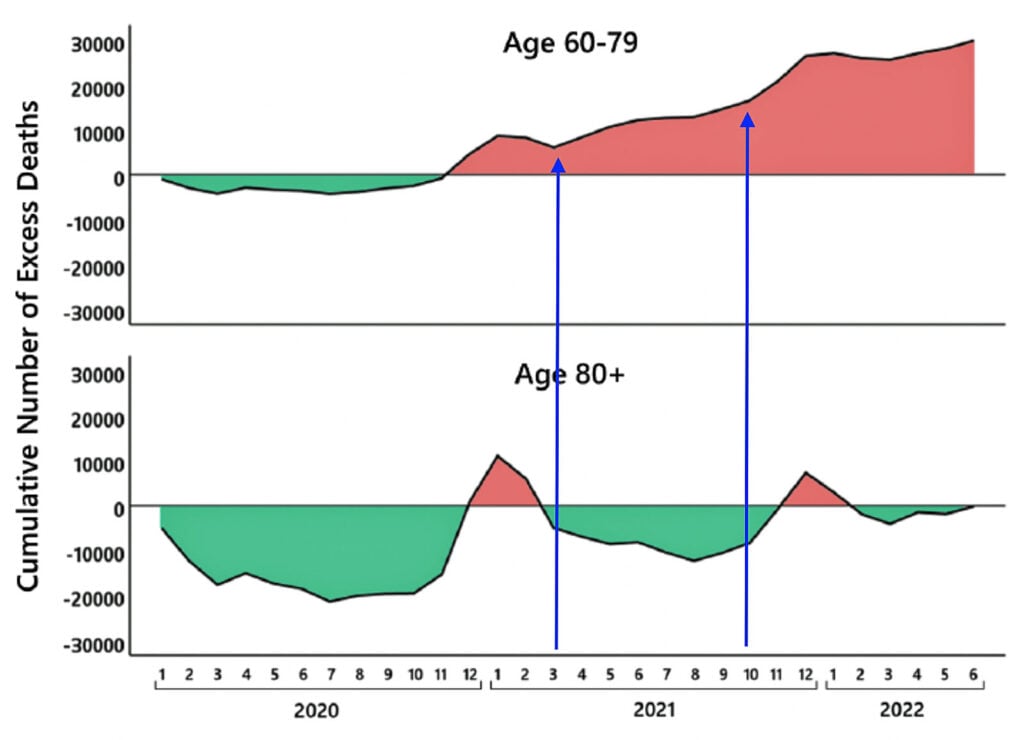(The Defender) Truth was the first casualty in the war on COVID-19.
Trusted sources of medical information became propaganda outlets and when that wasn’t enough, governments that controlled the raw data on which medical analysis was based withheldand even falsified that data.
All along, we have been piecing together indirect evidence. It paints a picture of a devastating toll from vaccine injuries in the past year.
No drug product in the past has come close to causing injuries on this scale. Injuries from the worst vaccines occurred at a rate of about 1/90th of the mRNA vaccines.
Thalidomide maimed tens of thousands of European babies, but the U.S. Food and Drug Administration was still protecting us in 1961. Compare this to 1.4 million vaccine injuries and 30,000 deaths in the last year-and-a-half, counting only those that were reported to the Vaccine Adverse Event Reporting System, or VAERS.
The only comparable drug disaster was oxycontin, which led to about 20,000 overdose deaths in its worst year.
The evidence is radioactive. No one in government wants to count up the deaths and injuries because of the political ramifications. Most medical researchers, even at universities, depend on money from the National Institutes of Health and the drug industry.
Hence, it’s refreshing to see an honest analysis of apparently honest government data. Theanalysis comes from Christof Kuhbandner and Matthias Reitzner, professors of sociology and mathematics, respectively, at two German universities.
The data is from the German Federal Statistical Office (Bundesamt für Statistik). I’m grateful to a fellow Substacker who writes under the pseudonym Eugyppius for calling my attention to this article and placing it in context.
Of course, what we would like to have is a count of deaths and hospitalizations due to COVID-19 and corresponding counts for deaths and hospitalizations due to the vaccines. This data has been disguised or deleted by governments around the world. The very definition of causality has been gamed for these two cases.
Draw your own conclusions.
But data on all-cause mortality are more difficult to disguise or reinterpret, as our two authors are quick to point out. This is a simple list of people who died, together with their age and sex, and with no overlaid story about how they met their demise.
The point is that we can find patterns in this data that hold implications for COVID-19 epidemiology and policy.
The data: Whatever started killing young, healthy people in Germany began in April 2021
Here’s the bottom line: In 2020, we see a slight excess of death in the oldest age group, too small to be significant. In 2021, we see a large excess of death in young and middle-aged people.

Figure 5 (above) from the paper shows that even though COVID-19 was ravaging the globe in 2020, and COVID-19 deaths were heavily concentrated in the elderly, we can barely detect a (statistically insignificant) rise in mortality in 2020, for the oldest of the old.
This suggests that in 2020, COVID-19 deaths were largely confined to people who were old and sick, and would probably have died of something else if the virus had not hit them first.
But look at mortality in 2021. We see excess mortality in all the younger age groups. Yet once again, for the second year of COVID-19, there was nothing significant in people over 80.
If we think of 2021 as “the year of the vaccine,” our first impression is that the vaccine was a wash for people over 80 — the vaccine cost about as many lives as it saved.
But for people younger than 80, the costs outweighed the benefits.
Governments and their mouthpieces in the media would like to attribute the 2021 excess deaths to COVID-19 and lockdown measures. But this theory has two major issues.
First, why would there be more deaths from lockdown measures in 2021, if the measures were more restrictive in 2020?
Second, why would COVID-19 be more lethal in 2021, if Germans were protected by a vaccine?
Is it possible the lockdowns took nine months before their effect was felt? If so, why were the young disproportionately affected?
The authors of the academic paper stick to “just the facts, ma’am.” Except for one understated paragraph, they never use the word “vaccine.”
But they demonstrate that whatever it was that started killing young, healthy people, it began in April 2021.

Table 5 (above) from the paper shows the difference between expected and observed mortality in Germans ages 15 to 59, from January 2020 through June 2022.
There are two jumps in excess mortality in 2021 — one began in April and the other in September.
Vaccination began in December 2020, with frontline medical workers and the elderly.
For younger, working people, vaccination began in earnest in April 2021. The first round of boosters arrived in the fall.
The authors also break down what happened in the older age groups:

The graph above (fig. 9 from the paper) displays the cumulative number of excess deaths. We can see that the 80+ set received their first dose earlier than younger people (January 2021), and their death rates rose before the younger age group.
The superimposed blue arrows indicate where excess deaths begin to accrue more quickly in those 60- to 79-year-olds. Once again this occurs in the spring and autumn of 2021.
“Correlation is not proof of causation,” so draw your own conclusions.






